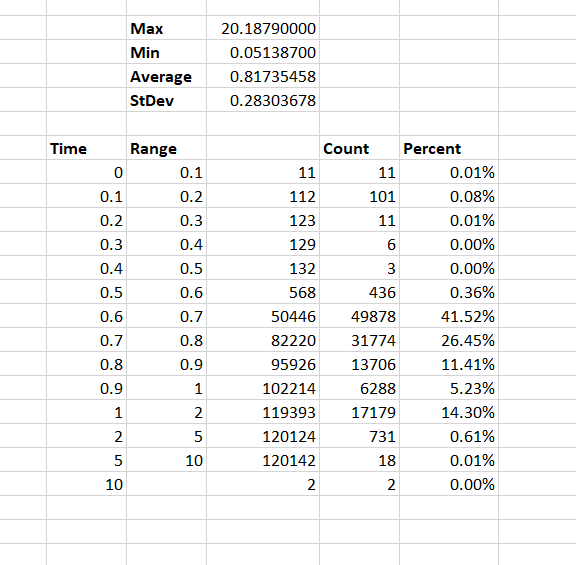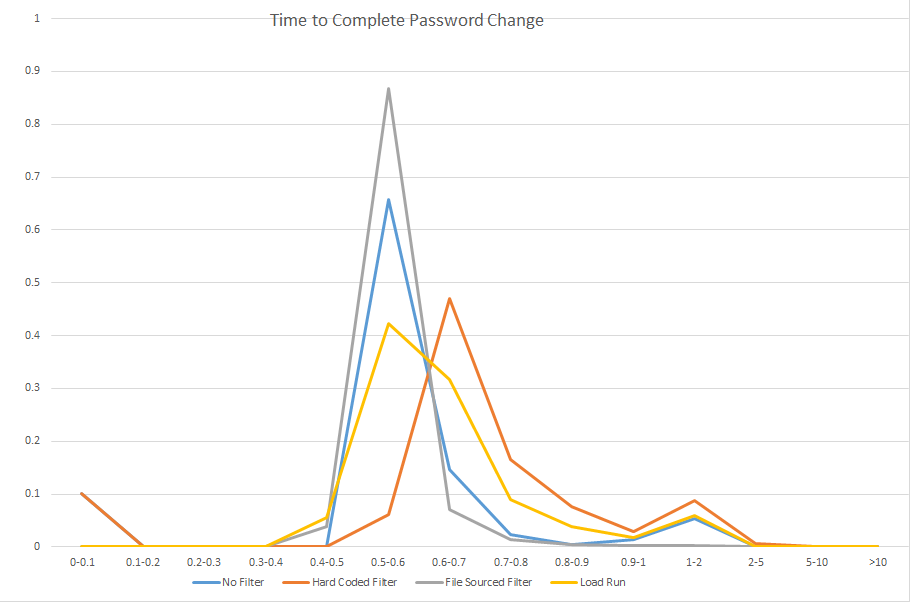Realized an easier way of scraping the Karaf console output – no need to SSH into the console (which, evidently, can timeout for inactivity … something I sort on my OpenSSH server with a config parameter whenever I’m looking to use tee and scrape output).
You can just pipe the startup script to tee. Have to push stderr into stdout to get the *errors* logged.
./start.sh 2>&1 | tee -a /tmp/logfile.txt
The output gets a little funky – maybe because of the color flags on some of the text? Dunno, but it’s grabbing the text and something like tail displays it without funky odd stuff
ESC[31m ESC[0m __ _____ ____ ESC[0m ESC[31m ____ ____ ___ ____ ESC[0m/ / / / | / __ ) ESC[0m ESC[31m / __ \/ __ \/ _ \/ __ \ESC[0m/ /_/ / /| | / __ | ESC[0m ESC[31m/ /_/ / /_/ / __/ / / / ESC[0m__ / ___ |/ /_/ / ESC[0m ESC[31m\____/ .___/\___/_/ /_/ESC[0m_/ /_/_/ |_/_____/ ESC[0m ESC[31m /_/ ESC[0m 2.2.0-SNAPSHOTESC[0m ESC[31m ESC[0m Build #1114 ESC[0m Hit 'ESC[1m<tab>ESC[0m' for a list of available commands and 'ESC[1m[cmd] --helpESC[0m' for help on a specific command. Hit 'ESC[1m<ctrl-d>ESC[0m' or type 'ESC[1msystem:shutdownESC[0m' or 'ESC[1mlogoutESC[0m' to shutdown openHAB. ESC[?1hESC=ESC[?2004hESC[36mopenhab>ESC[0m
But you get the java exceptions too:
Exception in thread "pool-45-thread-5" java.lang.NullPointerException
at java.util.AbstractCollection.addAll(AbstractCollection.java:343)
at com.zsmartsystems.zigbee.ZigBeeNode.setNeighbors(ZigBeeNode.java:510)
at com.zsmartsystems.zigbee.ZigBeeNetworkMeshMonitor$2.run(ZigBeeNetworkMeshMonitor.java:232)
at java.util.concurrent.ThreadPoolExecutor.runWorker(ThreadPoolExecutor.java:1149)
at java.util.concurrent.ThreadPoolExecutor$Worker.run(ThreadPoolExecutor.java:624)
at java.lang.Thread.run(Thread.java:748)




